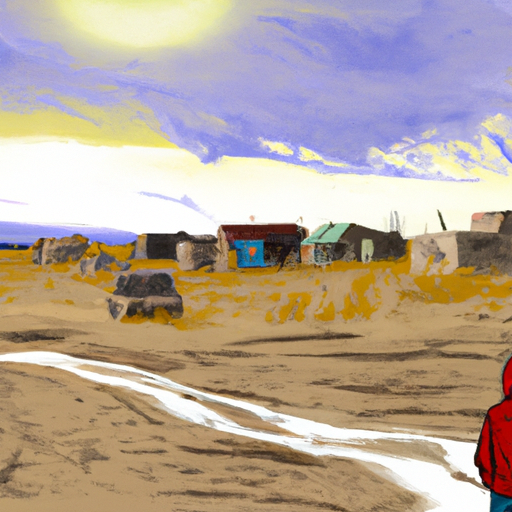A Response to Canada’s Opioid Crisis and Its Impact on Indigenous Communities
Recent discussions on the Canadian opioid crisis have highlighted the critical issue of the high rate of opioid misuse in Indigenous communities throughout the nation. A startling [piece](https://www.hilltimes.com/story/2024/02/15/water-management-is-key-to-and-symbolic-of-canadas-relationships-with-indigenous-peoples/411919/) by the Hill Times brought to light the necessity of proper water management and its direct connection to the health and welfare of these communities. As the opioid crisis remains a compelling factor in the discussion about the health and well-being of the Indigenous population, it’s time to dive deeper into this multifaceted issue.
The Impact of the Opioid Crisis on Indigenous Peoples
The effects of the opioid crisis on Indigenous communities are far-reaching and complex. Overdoses, infectious diseases, and the social impact are prevalent, exacerbating existing issues within these communities. Additionally, the crisis has contributed to a dramatic increase in the numbers of homeless individuals and crime rates.
The knock-on effect of this increase in substance misuse correlates to a surge in social and healthcare problems, including mental health conditions and blood-borne infections. The lack of access to clean water complicates these issues further, resulting in an array of health and hygiene problems that can make recovery from addiction even more challenging.
Actions Taken to Combat the Opioid Crisis
Efforts are being made to combat the opioid crisis within these communities. Let’s highlight the primary ones:
- Opioid Class Action: In 2018, a national class-action lawsuit was approved by the courts in Ontario and British Columbia against Purdue Pharma, a major manufacturer of OxyContin, a frequently misused opioid. Getting justice for the victims of opioid addiction and working towards prevention is central to this action.
- Institution of Naloxone Kits: Naloxone, the life-saving drug that can reverse an opioid overdose if administered promptly, has been rolled out in high-risk areas. Many frontline workers and healthcare providers are now equipped with this potentially lifesaving tool.
- Healthcare Intervention: Efforts are being made to connect individuals who misuse opioids with appropriate healthcare services, including addiction treatment programs and mental health services. By making resources more accessible to Indigenous communities, it is hoped that many will be able to receive the help they badly need.
While these measures present a step in the right direction, more initiatives are needed, especially on enforcing better water management for indigenous communities. As highlighted in the Hill Times piece, clean water is fundamental to good health, yet access remains an issue for many indigenous communities.
Is Water Management the Missing Piece?
The link between water management and the opioid crisis may not be immediately apparent, but it is undeniably intertwined. Access to clean water contributes to overall wellbeing, including good hygiene, nutrition, the prevention of infectious diseases, and access to equitable healthcare. However, too many Indigenous communities in Canada lack this basic necessity.
For those struggling with substance misuse, cleanliness and adequate hydration may fall by the wayside, but these simple aspects of health and wellbeing are essential to recovery. Therefore, positioning water management as a priority can be seen as a crucial part of the holistic approach needed to tackle the opioid crisis.
Closing Thoughts
The opioid crisis continues to devastate communities across Canada, with Indigenous populations bearing a substantial brunt. While measures like the opioid class action lawsuit, distribution of naloxone, and healthcare intervention are pivotal, they are parts of a larger puzzle. Adequate water management symbolises a commitment to improving the overall health and welfare of Indigenous communities, and thus, is a critical point of focus.
In essence, the solution to the opioid crisis is no single, overnight remedy. It calls for a multi-pronged approach that encompasses justice, healthcare, and basic necessities, namely clean water. Acknowledging these multiple dimensions allows for a more comprehensive understanding of the crisis and, ultimately, more effective solutions.


